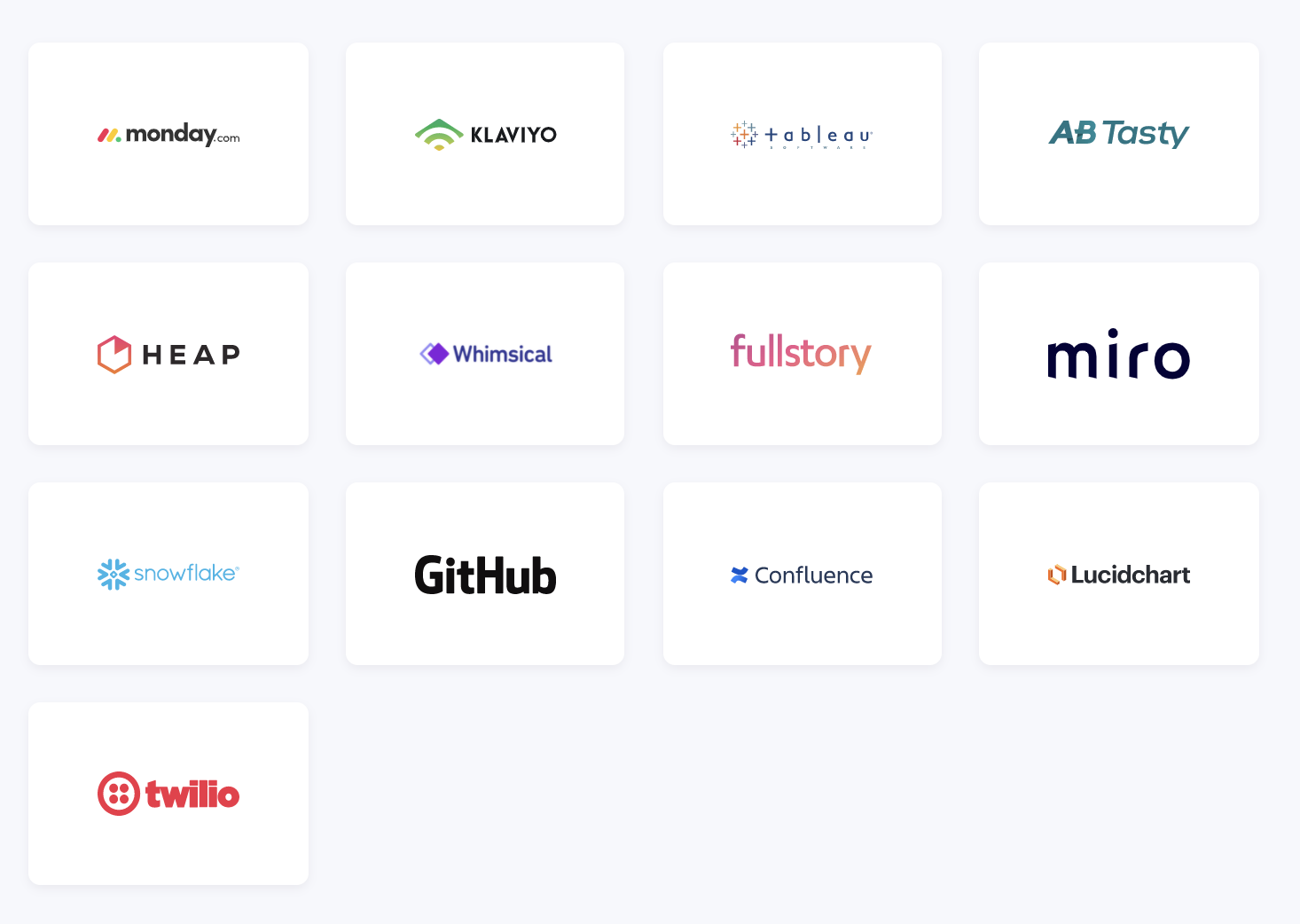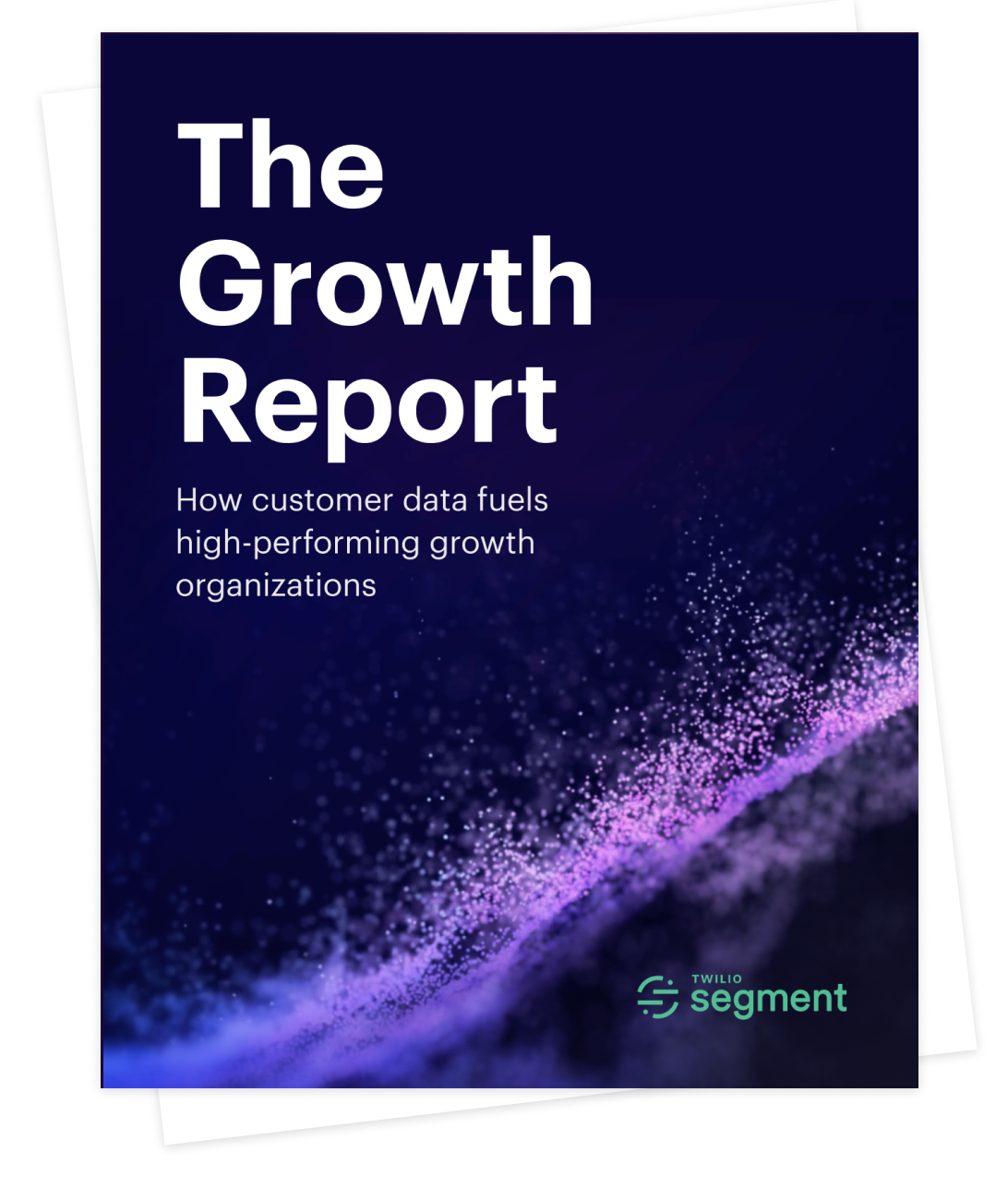Lessons from Klaviyo's Growth Org: Team Structure, Growth Processes, Tool Stack, and Secrets to Success
Klaviyo's Director, Self-Serve Growth James de Feu reveals how the company's growth team drives results in an exclusive interview.
Klaviyo's Director, Self-Serve Growth James de Feu reveals how the company's growth team drives results in an exclusive interview.
To understand how best-in-class companies build and operate their growth organizations, Twilio Segment recently launched The Growth Report, a series of interviews with the leaders of a dozen high-performing growth teams.
In this blog post, we share a profile of Klaviyo's growth organization as well as our on-screen interview with James de Feu, Director, Self-Serve Growth, Klaviyo.
Ecommerce marketing platform Klaviyo, which recently secured a $9.5 billion valuation while raising $320 million in Series D funding, is the epitome of a company obsessed with its customers. By identifying user pain points and building experiences that help solve them, the Klaviyo team delivers an exceptional experience that keeps customers coming back. With empathy at the center of its growth strategy, the company has acquired over 70,000 paying customers to date.
We recently sat down with Klaviyo’s Director of Self-Serve Growth, James de Feu, to see how the company structures and operates its 10-person growth team.
The growth team at Klaviyo is centralized under one leader: James de Feu. Today, it’s a functional organization that reports into marketing leadership. Core team members, known as growth managers, have diverse backgrounds but share a comfort with data and empathy for the customer. They’re joined by a product manager, who directs their engineering and design resources, a product marketing manager, who keeps their messaging on point, and a data scientist, who helps with segmentation.
James de Feu is currently working together with product leadership to create cross-functional growth pods, which he hopes will be established before year end. His vision for these agile tiger teams is that they would exclusively go after low-hanging fruit and other high-value opportunities. Klaviyo also has plans to transform the whole company into a matrixed organization, with individuals reporting up to functional leaders while working cross-functionally toward common goals.
Following a repeatable process is critical to how Klaviyo grows. Here’s a high-level look at their approach to driving growth.
To learn as much as possible, the Klaviyo growth team first turns to other teams within the business to gather customer intel. Once they have a sense for the user lifecycle, they analyze customer data to develop personas, pinpoint key touch points, and identify opportunities for growth.
Next, they set actionable goals and establish targets that help orient the team.
James then works to acquire the talent and resources required to execute on the company’s growth strategy. He looks for customer-centric professionals with analytical mindsets who are skilled at problem solving.
The next step is to foster strong relationships with people from product, engineering, and design with whom the growth team has shared goals. At this stage, it’s important to sell the vision of growth.
Finally, it’s time to brainstorm tactics, conduct experiments, digest the learnings, and keep iterating until the team reaches their targets.

Before doing anything else, the Klaviyo growth team conducts a full landscape analysis. After digging through the data, they reach out to other teams within the company to help explain the trends they find. Between the quantitative and qualitative data, the team is able to build an accurate picture of what any given customer experiences and discover how they can optimize that journey.
“Just follow the data,” recommends James de Feu. “The data will tell you where the opportunities are, where the problems are.”
The Klaviyo growth team understands that leveraging cutting-edge tools can be a competitive advantage in and of itself. The right tool can streamline processes and make things more efficient. It can also supercharge their growth. For this reason, they are always on the hunt for new software.
“We’re always on the lookout to see what can make our lives a bit easier,” says James de Feu.
The Twilio Segment 2021 Growth Report reveals key insights about how to build and operate your team for optimal performance. From team structure to growth processes, you’ll learn from companies like HubSpot, Shopify, and Lyft on how to lead your team and company to rapid growth.
To learn from the best in the business, download the report.

Get key insights about how to build and operate your growth team for optimal performance from companies like HubSpot, Shopify, and Lyft.